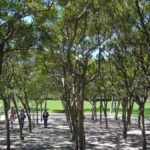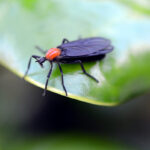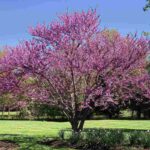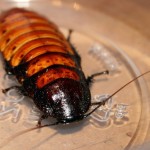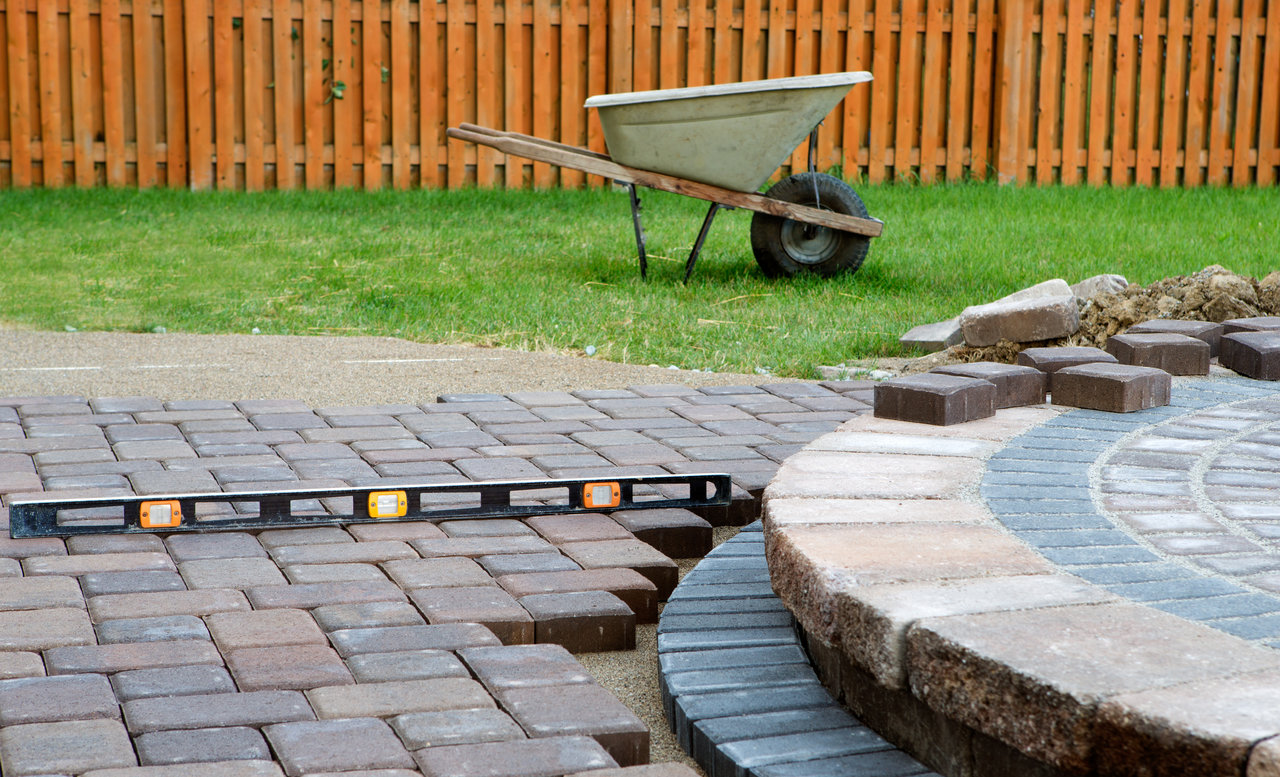
In other parts of the country, people look for the return of a particular bird or leaves on a certain tree to signal the arrival of spring. Here in Fort Worth, the signal is the first sighting of shorts and flip-flops.
The end of our short winters also means the arrival of landscaping season for Fort Worth homeowners. But this year, think before you pull out a bag or bottle of lawn and garden chemicals to keep weeds at bay and kill pests. Many have proven harmful to you and the Earth.
We’ve bought them for a few generations now. They’re convenient and effective. But there is a growing realization that greener practices can still keep a green yard. So before you reach for the synthetic chemicals, here’s the eco-friendly guide to Fort Worth landscaping.
Creative Hardscaping
Pavers, granite, and rocks reduce the amount of grass you need to mow, water and fertilize. But less grass could mean more water runoff. Consider eco-friendly paving such as porous concrete, permeable pavers, or large pea gravel that will allow water to seep through.
Flower beds and mulch surrounding your paved pathways will also help prevent water from running off your property.
Plant Native Trees and Flowers
Live oak and lacey oak trees can handle the heat of Texas summers. Since they’re native, they adapt well to most soil conditions and need little water or maintenance. Their large canopies provide shade, keeping your yard and house cooler.
Because they’re used to growing in the area, native plants need less water and fertilizer once they’re established. Fort Worth favorites such as hibiscus and salvia are also naturally resistant to local pests and disease.
They encourage biodiversity by attracting local wildlife including birds, bees and butterflies. The Tarrant County Extension office has frequent educational programs and is a great source for ideas for natives and other plants that will fit with your landscape.
Grow a Pollinator Garden
Speaking of bees and butterflies, pollinators are essential for our flower and vegetable gardens. You can plant a garden specifically designed to attract these and other beneficial insects. Plant in clumps and choose plants that flower at different times of the year. This will keep pollinators coming back year-round. The City of Fort Worth offers a list of pollinator garden plants, including mealy blue sage, goldenrod and winecup.
Soil
Whether you’re in Fort Worth, Texas, or Fairbanks, Alaska, eco-friendly landscaping starts with healthy soil biology, making it easier to grow trees, a lawn, or garden without the help of chemical fertilizers. It also makes the plants healthier and stronger and better able to repel diseases and resist drought conditions.
Feeding the soil with compost and grass clippings puts nutrients back without upsetting the ecosystem. Make sure whoever mows your yard mulches the clippings. Finely chopped grass and leaves return valuable nutrients to the soil, reducing the need for fertilizer.
Mow Wisely

You don’t want a close shave. Mowing your grass too short is called scalping, and it stresses the grass. If a summer drought hits, stressed grass can’t cope as well. Letting your grass get a little long is actually good for it.
“Taller canopy growth results in greater energy production,” says Dr. Becky Grubbs-Bowling, an associate professor and turfgrass extension specialist at Texas A&M University. “It supports deeper and more vigorous rooting. Deeper root systems mean improved water infiltration, nutrient and water-use efficiency, and improved overall turfgrass stress tolerance.”
That doesn’t mean you should skip mowing. Regular mowing at the correct height keeps the lawn thick and green — but the right height depends on the type of grass.
Conserve Water
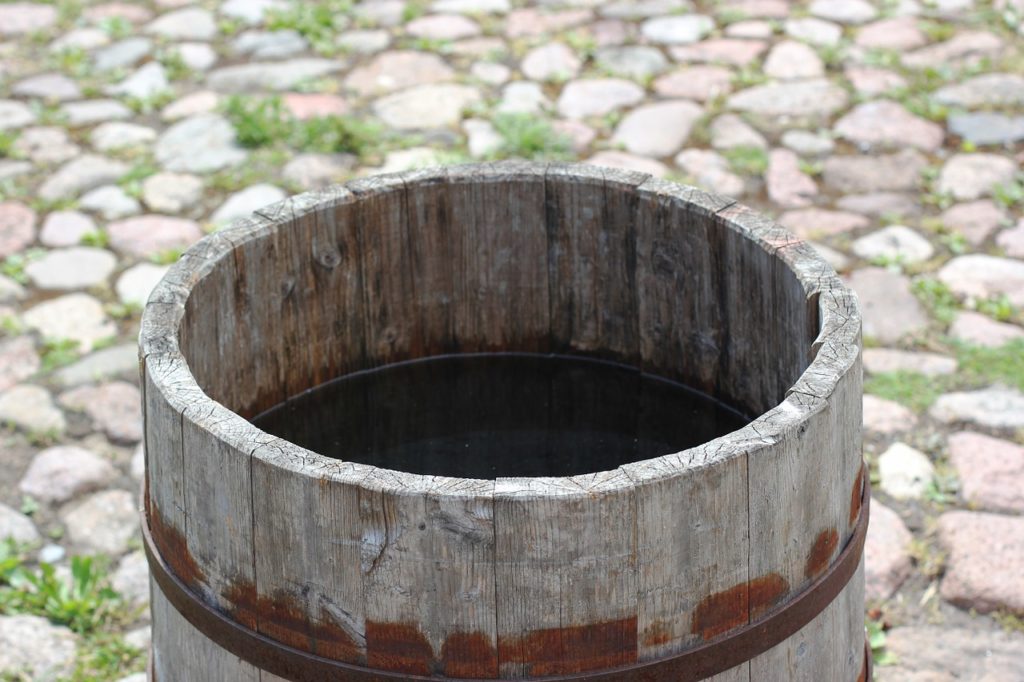
When you do use a sprinkler, experts recommend something called “cycle soaking,” where you pulse water onto your lawn, to give your grass the time to drink it in, before getting more water. It’s one method that reduces runoff.
A healthy, well-watered, eco-friendly lawn is possible. It will return the favor and help out the environment by providing drainage and preventing storm runoff. It will also keep the DFW area a little greener and cooler. A little knowledge and attention to detail will give you a green landscape without costing the future of the planet.
